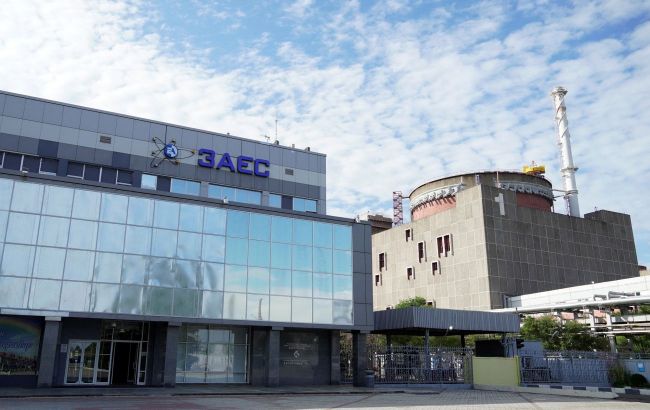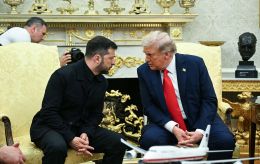Could anything hinder Russia's launch of ZNPP? Expert insights
 Photo: Russia is going to launch Zaporizhzhia NPP (Getty Images)
Photo: Russia is going to launch Zaporizhzhia NPP (Getty Images)
Russia can launch the Zaporizhzhia NPP this fall solely on its own decision, and it will not need any approvals from the IAEA, according to the RBC-Ukraine's article "Russia intends to launch Zaporizhzhia Nuclear Power Plant: Possible consequences".
"The IAEA has nothing to do with it. If Ukraine were to launch the station, it would have to provide the Agency's inspection with evidence of compliance with the requirements of the safeguards regime (non-proliferation of nuclear weapons - ed.). This is not necessary for Russia. Russia is a nuclear power and has nuclear weapons, these problems do not concern it," Mykola Steinberg, the former chief engineer of the Chornobyl nuclear power plant, told RBC-Ukraine.
The only thing that Russia needs to do is to issue a license to operate the plant to the company that was created to operate the plant, the Zaporizhzhia NPP Operating Organization.
The plant can be launched for a short time - from several hours to several days, the expert believes, as it is practically impossible to run ZNPP after the Kakhovka reservoir was destroyed - there is not enough cooling water for turbine condensers.
"In the absence of water, it is simply impossible to talk about the long-term operation of the plant," Steinberg said.
According to him, there is no need for additional electricity to supply consumers in Russia, so ZNPP may be launched just to "show that they can do anything if they want to."
At the same time, according to Olha Kosharna, head of the Anti-Crisis Nuclear Expert Center of Ukraine, the Russian Federation is already actively working to restore power lines from ZNPP to the occupied territories that were damaged earlier. This may indicate that the plan to launch the plant is gradually being implemented.
In addition, the recent transfer of ZNPP Unit 4 to the cold shutdown mode can also be considered preparation for the launch of the plant. Now, Kosharna notes, they will probably try to bring it to a safer state for operation. The power unit has been in the hot mode longer than the permissible norm - almost since August last year. The maximum period of stay in this state of the unit is 100 hours during the year.
Russia's occupation of Zaporizhzhia Nuclear Power Plant
On April 9, Russian invaders staged a so-called drone attack on the Zaporizhzhia Nuclear Power Plant and tried to blame Ukraine for it. In turn, the Defense Intelligence of Ukraine warned that Russia had launched a new wave of provocations at the plant to discredit the Ukrainian military.
In addition, the IAEA recently informed that the occupiers had put all six power units into a cold shutdown state for the first time since 2022. After that, the General Staff of the Armed Forces of Ukraine also warned of possible enemy provocations at ZNPP.
We would like to add that the UN Security Council recently held a meeting to discuss the situation at the occupied nuclear power plant, in particular, IAEA Director General Rafael Grossi said that the risk to ZNPP had increased due to the shelling.
For his part, Ukrainian President Volodymyr Zelenskyy noted that Russia had destroyed almost all of Ukraine's thermal power generation, so, according to him, a threat to Ukrainian nuclear power plants could not be ruled out.

